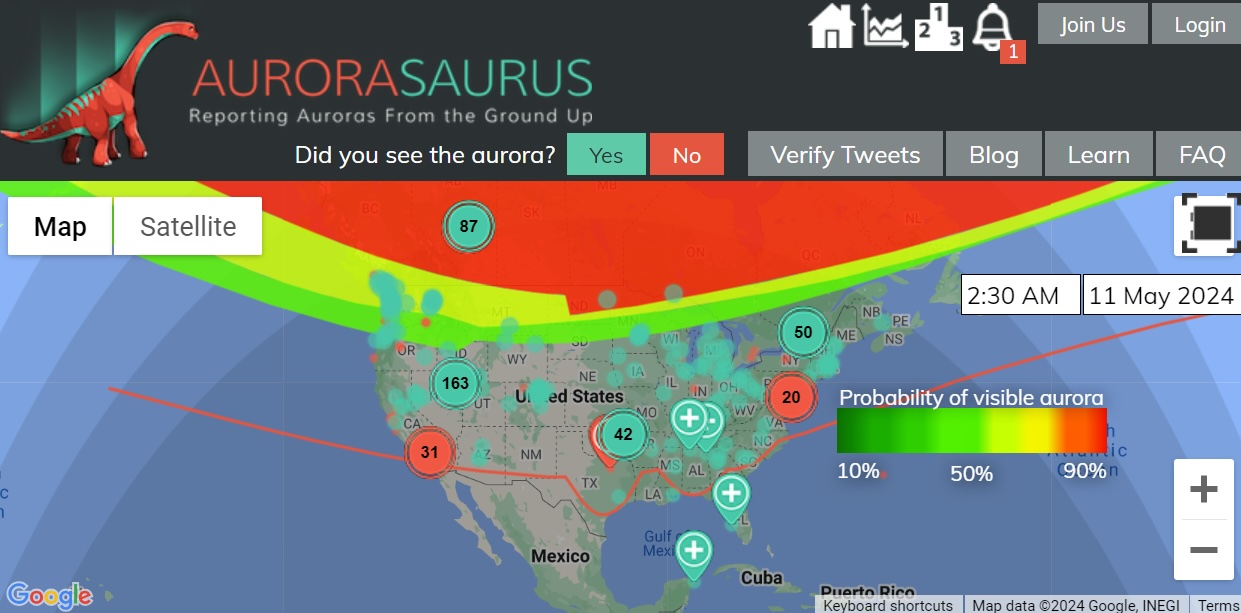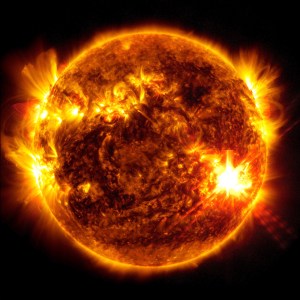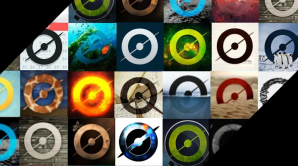Aurorasaurus Roars During Historic Solar Storm
The largest geomagnetic storm in 21 years lit up the sky last weekend, and NASA’s volunteers were ready. Between May 10th and 12th 2024, NASA’s Aurorasaurus project received an unprecedented number of reports from around the world. It also helped eager aurora chasers get a better view.

2 min read
Aurorasaurus Roars During Historic Solar Storm
The largest geomagnetic storm in 21 years lit up the sky last weekend, and NASA’s volunteers were ready. Between May 10th and 12th 2024, NASA’s Aurorasaurus project received an unprecedented number of reports from around the world. It also helped eager aurora chasers get a better view.
“Aurorasaurus made all the difference for me,” said volunteer Damon Tighe. “I was able to see it in Oakland, CA and knew it was coming based upon user data in Reno.”
At Aurorasaurus.org you’ll see the latest model predictions for where the aurora is visible. Then you can submit your own report, helping scientists test and improve the models and characterize what is seen. When people report seeing the aurora beyond where the model predicts the system adapts in real time and puts out volunteer-generated alerts in those areas. During the May 10-12 extreme event, auroras visible as far south as Texas and Alabama triggered those special alerts.
Thank you to everyone who submitted data! During the last major solar storm, back in 2003, digital cameras were not widespread and cell phones didn’t even have cameras. But during this current solar maximum, the data you’re collecting has incredible scientific value.
It’s not too late to help document this historic event. You can submit back-dated reports at our website and help do NASA Science. While you’re there, sign up for your own alerts and don’t miss out on the next spectacular storm!
Share
Details
Related Terms
What's Your Reaction?











































